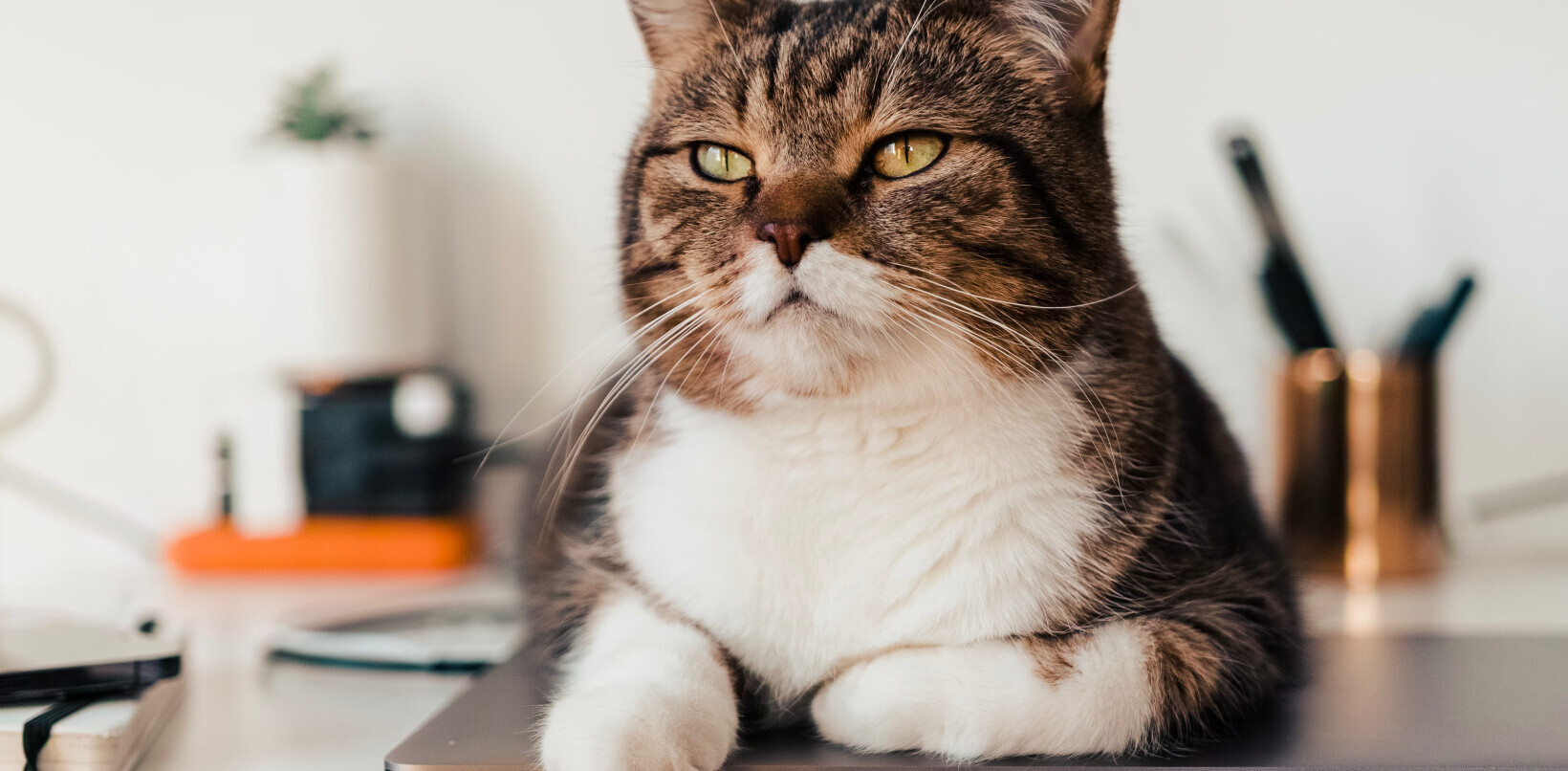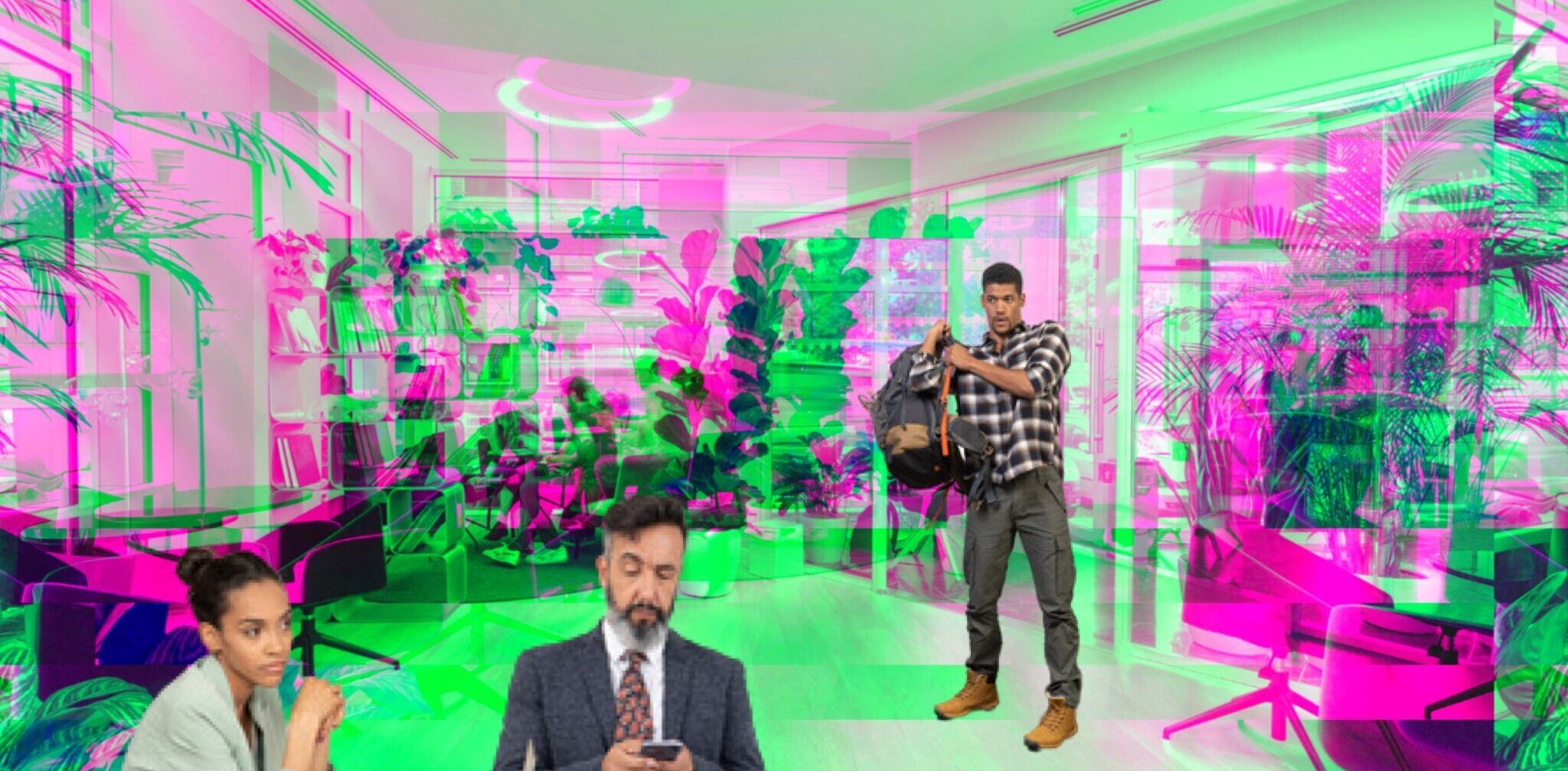
Paul Jarvis is a Web designer and bestselling author. His latest book, Everything I Know, is a guide to freelancing as a creative professional (without living on ramen noodles or settling for bad clients).
Business on the Internet is about standing out and being noticed.
We want what we do online to be thought of as remarkable and worthy of continued discussion.
Simply put, we want an audience to commit to a relationship with us. Page views, mailing list signups and product purchases are all the result of this pined-for engagement.
But to achieve this, we need to show them value, trust and possibly most importantly, create an emotional connection with them.
As consumers ourselves, we’ve all become accustomed to exceptionally designed online experiences. Even if we aren’t professional Web designers or graphic artists, we know what looks good and reward companies that have got their aesthetics just right by giving them our money (some examples are: Apple, Nest and Kickstarter).
Conversely, if your website and its products don’t measure up visually, trust and value won’t be established and sales could be lost.
More and more, companies are focusing on building a personality and story into every website and product. This evokes an emotional reaction from a visitor. Personality turns a lifeless product or soulless corporation into more than sum of its parts. Expressing the company’s personality helps create an emotional connection with the audience.
This isn’t just something large corporations do – savvy entrepreneurs and one-person shops have also caught on.
Effective emotional design is created for human beings first—not metrics, algorithms or SEO robots. And this can happen with products or companies with thousands of employees or just one (you).
Emotional design turns visitors into brand evangelists
Advertisers have employed emotion to sell products and build trust since the dawn of advertising (sometime around when the fictional world of Mad Men started).
The best commercials sell a feeling or an idea more so than an actual product. Chipotle’s Scarecrow is a perfect example of this—the ad is an emotional story that reaches far beyond selling burritos.
At its core, emotional design shows empathy for the audience a website serves.
Design like this puts the audience first, before the company or the business owner and their goals. Anything the company wants to accomplish is first filtered through the lens of:
- How will this serve our audience better?
- How will this website or product make their lives easier?
- What about this website or product is valuable to them?
Effective emotional design is also focused on simplicity. Not purely for the sake of aesthetics, but because it is easier to trigger a single emotion response than several.
This means limiting a visitor’s choices to one or a very few options, then leading them there by evoking an emotional response, such as “I need this to solve X” or “This made me laugh so I want to tell my friends about it”.
Design that speaks to emotion is…
Clear and easily understood. This means navigation nomenclature makes sense and any calls to action are logical next steps.
Visually appealing. Design looks professional, consistent and elements of the layout are in expected places.
Enjoyable. The design wants to be looked at, the writing wants to be read and there are cues a visitor wants to follow to further pages.
Memorable. What about the design stands out? Is Unique?
Personal. No pretences or corporate machinations. It reflects the honest personality of what it represents.
“Emotion plays a powerful role in our lives and has gained significant attention as a priority area of study in interaction design”
– Golman & Jordan
Effective emotional Web design speaks to three main points
First Impressions. The look of a website is an instant trust builder or trust loser. If there are flames on buttons, horrible stock photos or poorly matched colours, a visitor will leave the site faster than they typed the URL.
How it functions. Once a visitor is past a favourable first impression, they’ll look for things like: clear navigation and intuitive next steps for a task they want to accomplish.
Perceived value. Because attention spans are short, what’s the value of staying on the website? Is the content worthwhile? Is the product or service worth paying for?
As a Web designer for the last two decades, the easiest way I’ve found to apply all of the above information to accomplish website and business goals for my clients (and my own projects) is by thinking of the website as a person.
It sounds silly (or at least it sounds silly for me to write it out), but it helps properly apply emotion to goals. For example, I think in general terms first:
- How would they dress?
- How would they speak?
- What would they like/dislike?
Each time I have to factor a goal into the design, I think about what this website person would do. If there’s a BUY button, how would they tell someone else to buy it, using what language? If they wanted visitors to read articles, what design elements would they use to captivate the audience in reading? What colours and typefaces would represent their personal style?
By giving human qualities to non-human things (in fancy language = anthropomorphism) we can give life and emotions to what we make, which then evokes emotions from our audience.
This emotional resonance, when used correctly and honestly, can create a strong connection between a website, its products and its consumers.
Strong emotional Web design isn’t an afterthought or something you quickly add in right at the end. It’s factored into the entire process, so all functions, features, layout and language are designed with the correct and consistent feeling.
Would Apple sell as many computers or software if it didn’t all look gorgeous? Even the way its products are sold (from its keynote speeches highlighting case studies over features to its “coming soon” videos that feel more like feature films than technology products) appeals more to how you feel when you use them than the actual technical specifications.
Emotionally attractive design makes people feel good. It makes them feel like they belong with the product, company, person.
And once you make someone genuinely feel good, you’ve successfully stood out and been noticed in the best possible way.
Image credit: Shutterstock/goldnetz
Get the TNW newsletter
Get the most important tech news in your inbox each week.




